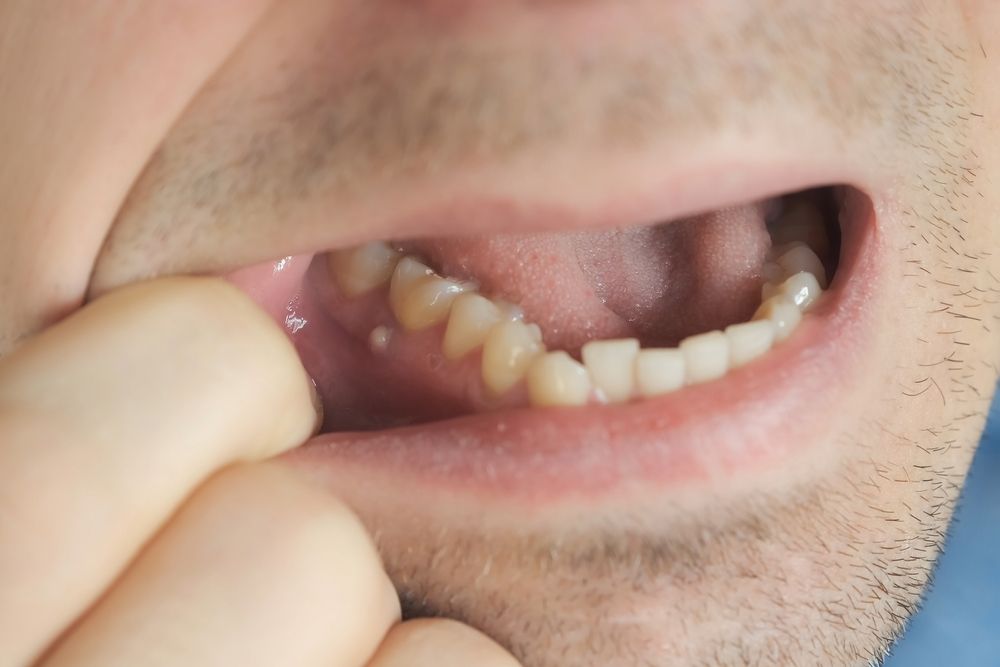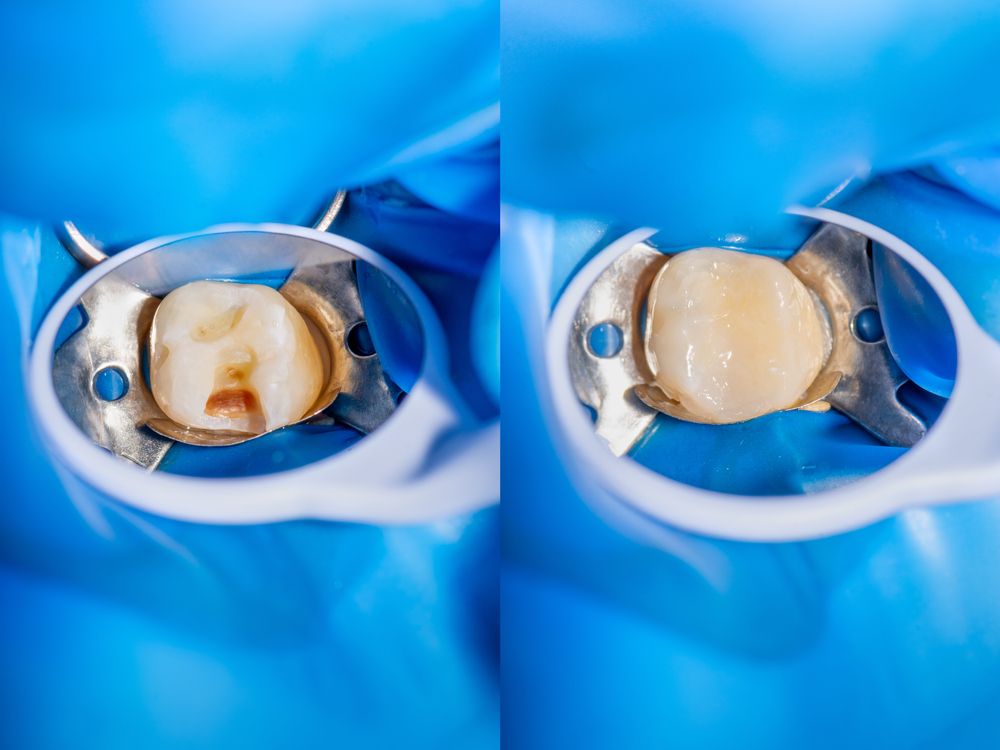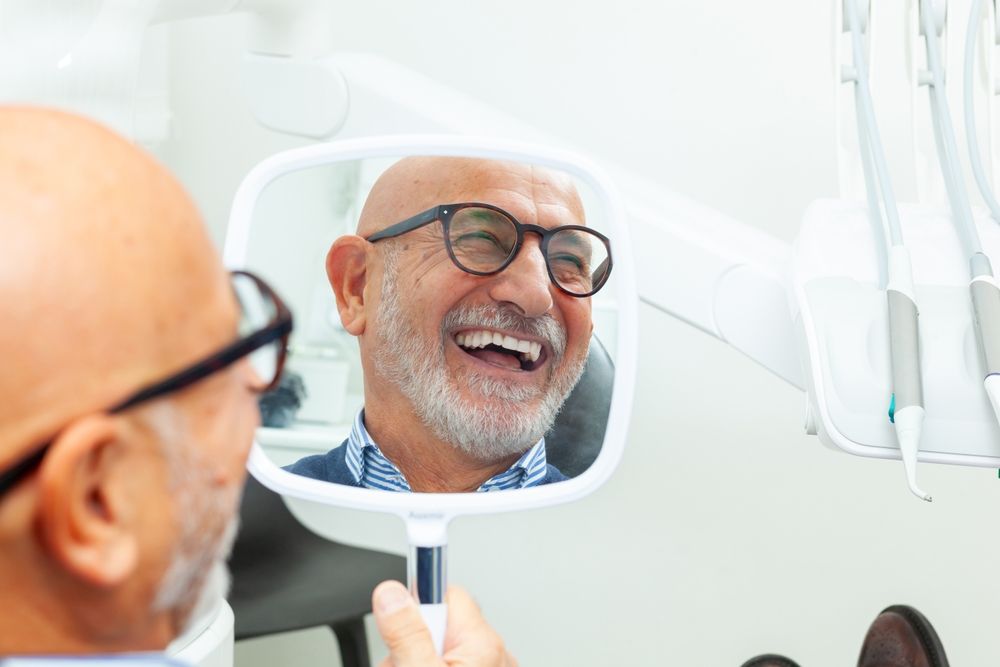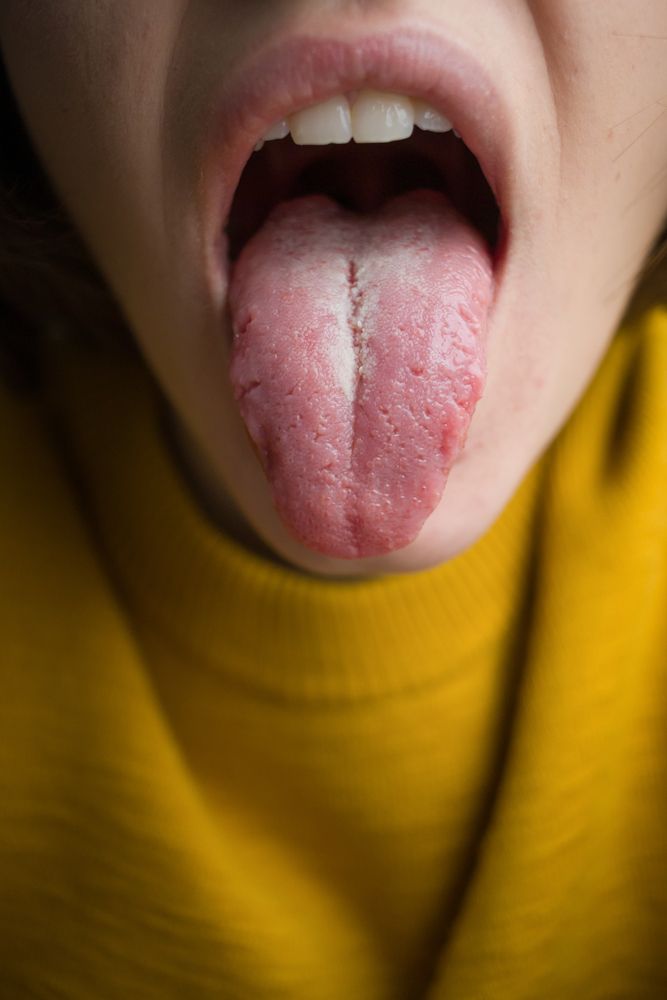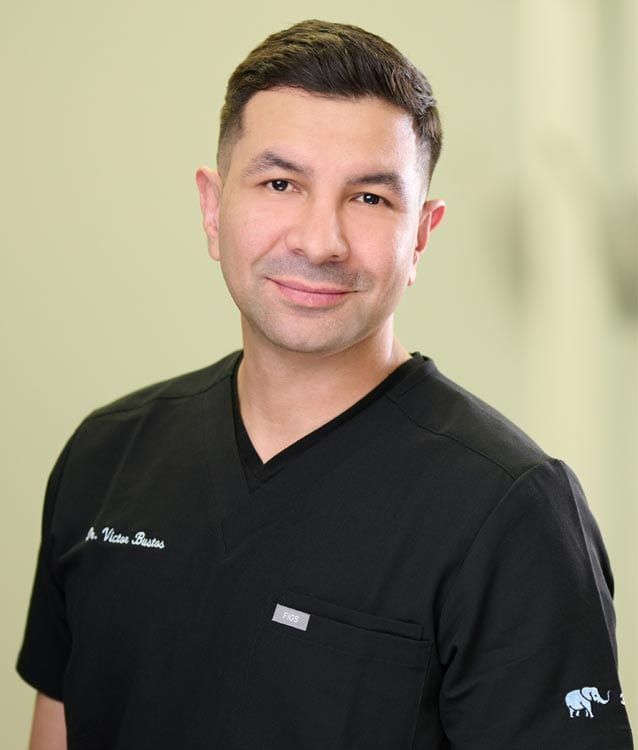Losing a tooth can be a traumatic and unexpected event, but knowing what to do in such situations can significantly impact the chances of saving the tooth. Whether the loss results from an accident, sports injury, or dental condition, immediate and appropriate action is crucial. Here’s a comprehensive guide to managing the situation effectively.
Act Quickly and Calmly
The first and most crucial step is to act quickly but remain calm. The chances of successfully reimplanting the tooth decrease as time passes, especially after the first 30 minutes to an hour following the incident.
Handle the Tooth Properly
When you find the tooth, pick it up by the crown (the part that is visible in the mouth), not the root. The root contains essential cells necessary for bone reattachment, and touching it can cause damage. If the tooth is dirty, gently rinse it with milk or saline solution. Do not use tap water, as it contains chlorine and other substances that can damage the root surface cells. Also, avoid scrubbing or drying the tooth, and take care to not rinse off any pieces of soft tissue that may be attached.

Keep the Tooth Moist
It’s vital to keep the tooth moist at all times. If possible, try to place the tooth back into its socket without forcing it. If reinsertion is not possible, keep the tooth in a container of milk, saline solution, or even some of your saliva. Avoid storing the tooth in water, as it contains chlorine and other substances that can damage the tooth.
Seek Immediate Dental Care
Time is of the essence. Head to a dentist immediately, bringing the tooth with you. The sooner the tooth can be reimplanted by a professional, the better the chances for it to reattach to the bone. Many dentists keep room in their schedule for dental emergencies, or they will be able to give you more information on what to do.
Follow-up Care
After the tooth is reimplanted, it’s crucial to follow all post-care instructions from your dental professional. This might include taking certain medications, avoiding specific foods, or not brushing the reimplanted tooth for a while. Follow-up visits will be necessary to monitor the healing process and to check for any signs of infection or rejection.
Prevention and Protection
Preventing tooth loss is fundamentally about maintaining good oral hygiene and protecting your teeth from injury. Here are some effective strategies:
- Regular Dental Check-ups: Regular visits to the dentist for check-ups and cleanings are essential. These visits can help detect and treat periodontal disease, decay, and other dental issues before they lead to tooth loss.
- Good Oral Hygiene Practices: Brushing twice a day, flossing daily, and using mouthwash can significantly reduce the risk of tooth decay and gum disease, leading to tooth loss.
- Healthy Diet: Consuming a balanced diet and limiting sugary snacks and drinks can help prevent tooth decay and gum disease.
- Wearing Mouthguards: Using mouthguards during sports or recreational activities can prevent tooth loss due to trauma.
- Avoiding Harmful Habits: Smoking and using tobacco products can increase the risk of periodontal disease leading to tooth loss. Similarly, avoiding habits like grinding or clenching your teeth can prevent wear and damage.
Conclusion
Losing a tooth is an urgent dental emergency that requires immediate action. By knowing the correct steps to take, such as handling the tooth carefully, keeping it moist, and seeking professional dental care promptly, you can increase the chances of saving the tooth. Remember, the key to dealing with such emergencies is a quick and calm response. Regular dental visits and protective measures can also go a long way in preventing tooth loss.

